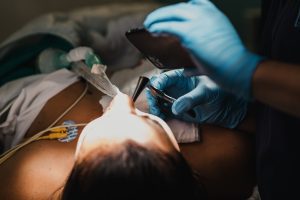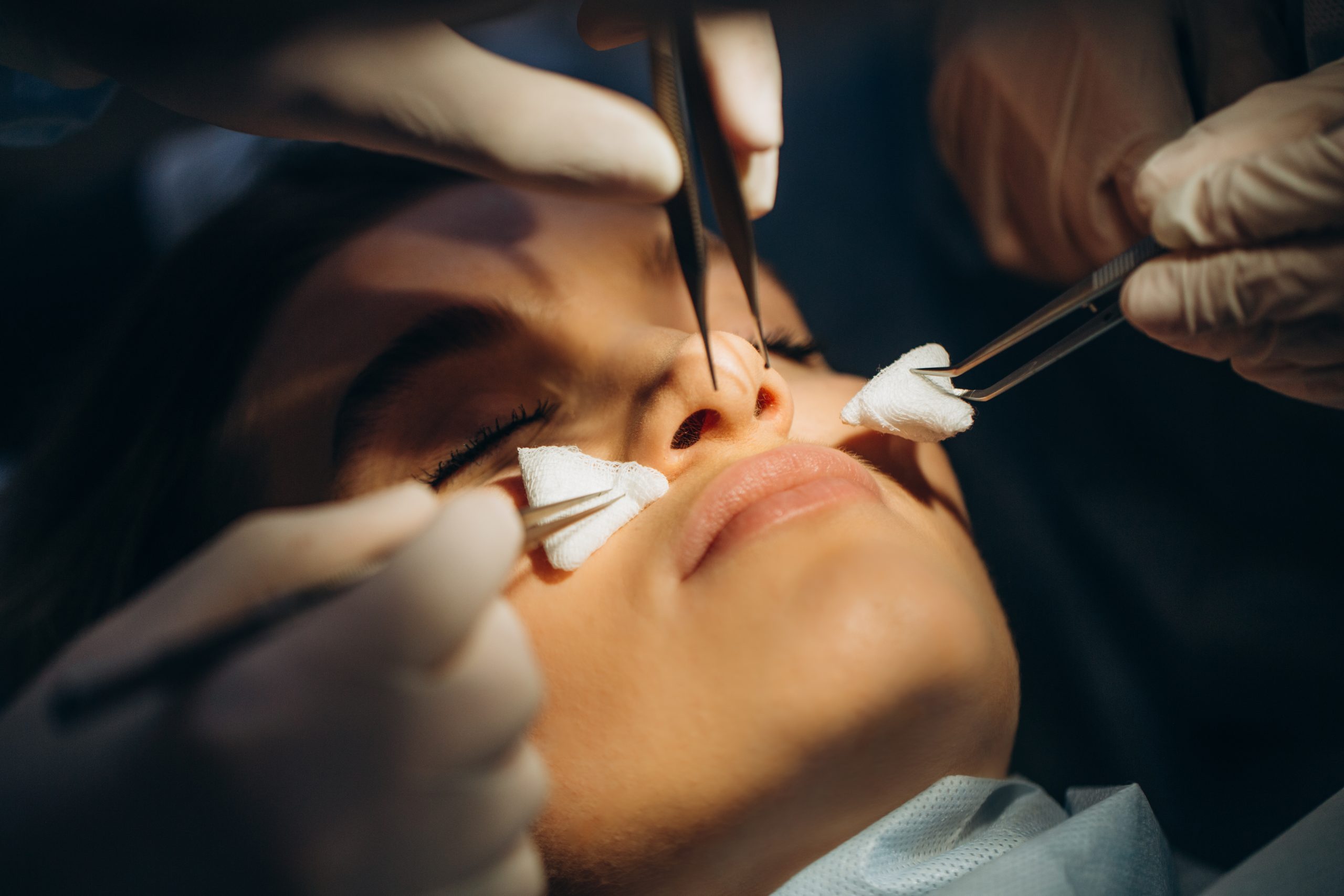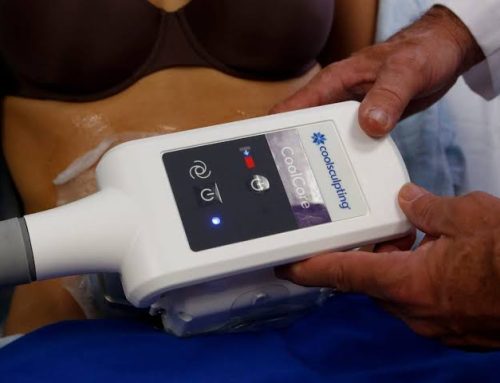Introduction
When it comes to facial features, the nose stands out as one of the most prominent. Its central position makes it a focal point of our appearance. While many individuals opt for rhinoplasty, or a “nose job,” for cosmetic reasons, it’s essential to recognize that nasal surgery can also serve functional purposes. In this article, we’ll explore the possibility of getting a nose job to address breathing problems, highlighting the differences between rhinoplasty and septorhinoplasty, the procedure itself, ideal candidates, recovery, expected results, and ultimately, whether this option is viable for you.
What is the difference between Rhinoplasty and Septorhinoplasty?
Rhinoplasty primarily focuses on enhancing the aesthetic aspects of the nose, improving its size, shape, and overall appearance. Conversely, septorhinoplasty combines aesthetic refinement with functional correction. It specifically targets issues within the nasal passages, such as a deviated septum, that obstruct breathing.

How the Septorhinoplasty is done?
Septorhinoplasty involves several key steps:
- Assessment: The surgeon evaluates the patient’s nasal structure and identifies any functional issues, such as a deviated septum.
- Anesthesia: The procedure is typically performed under general anesthesia or local anesthesia with sedation, ensuring the patient’s comfort.
- Incisions: Incisions may be made inside the nostrils (endonasal approach) or externally, depending on the extent of correction needed.
- Functional Corrections: For breathing problems, the surgeon addresses issues like a deviated septum, turbinate reduction, or sinus-related concerns.
- Aesthetic Improvements: If desired, the surgeon can make cosmetic adjustments to the nose’s size, shape, or symmetry.
- Closure: Incisions are closed with sutures, and nasal packing may be applied temporarily to support healing.

Who is a good candidate for Septorhinoplasty?
Ideal candidates for septorhinoplasty are individuals who:
- Experience breathing difficulties due to structural issues within the nose.
- Desire both functional improvement and cosmetic enhancement.
- Are in good overall health and nonsmokers.
- Have realistic expectations regarding the outcome.
How long does it take to recover from a Septorhinoplasty?
Recovery: Recovery from septorhinoplasty involves:
- Swelling and Bruising: Expect some initial swelling and bruising, which will gradually subside over several weeks.
- Return to Normal Activities: Most patients can resume everyday activities within two weeks, though strenuous exercise should be avoided.
- Final Results: Full functional and cosmetic results may take several months to become fully apparent.
What to expect from a Septorhinoplasty?
Septorhinoplasty can offer numerous benefits, including:
- Improved nasal function, with easier breathing.
- Correction of any cosmetic concerns, such as a crooked nose or bumps.
- Enhanced facial harmony and overall appearance.
Conclusion
In summary, septorhinoplasty is a versatile procedure that not only addresses breathing problems but also provides aesthetic improvements to the nose. This surgery is suitable for individuals seeking both functional and cosmetic enhancements, provided they meet the necessary health criteria. With careful consideration and consultation with a qualified plastic surgeon, septorhinoplasty can be a transformative option to achieve better nasal function and overall facial harmony. If you’re considering this procedure, consult with a board-certified plastic surgeon to discuss your specific needs and goals.
Get more information about: Rhinoplasty
Disclaimer: The content on this blog is intended for general informational purposes only. It is not a substitute for professional medical advice, diagnosis, or treatment. Always consult qualified healthcare providers for personalized advice. Information regarding plastic surgery, dental treatment, hair transplant, and other medical procedures is educational and not a guarantee of results. We do not assume liability for actions taken based on blog content. Medical knowledge evolves; verify information and consult professionals. External links do not imply endorsement. By using this blog, you agree to these terms.










